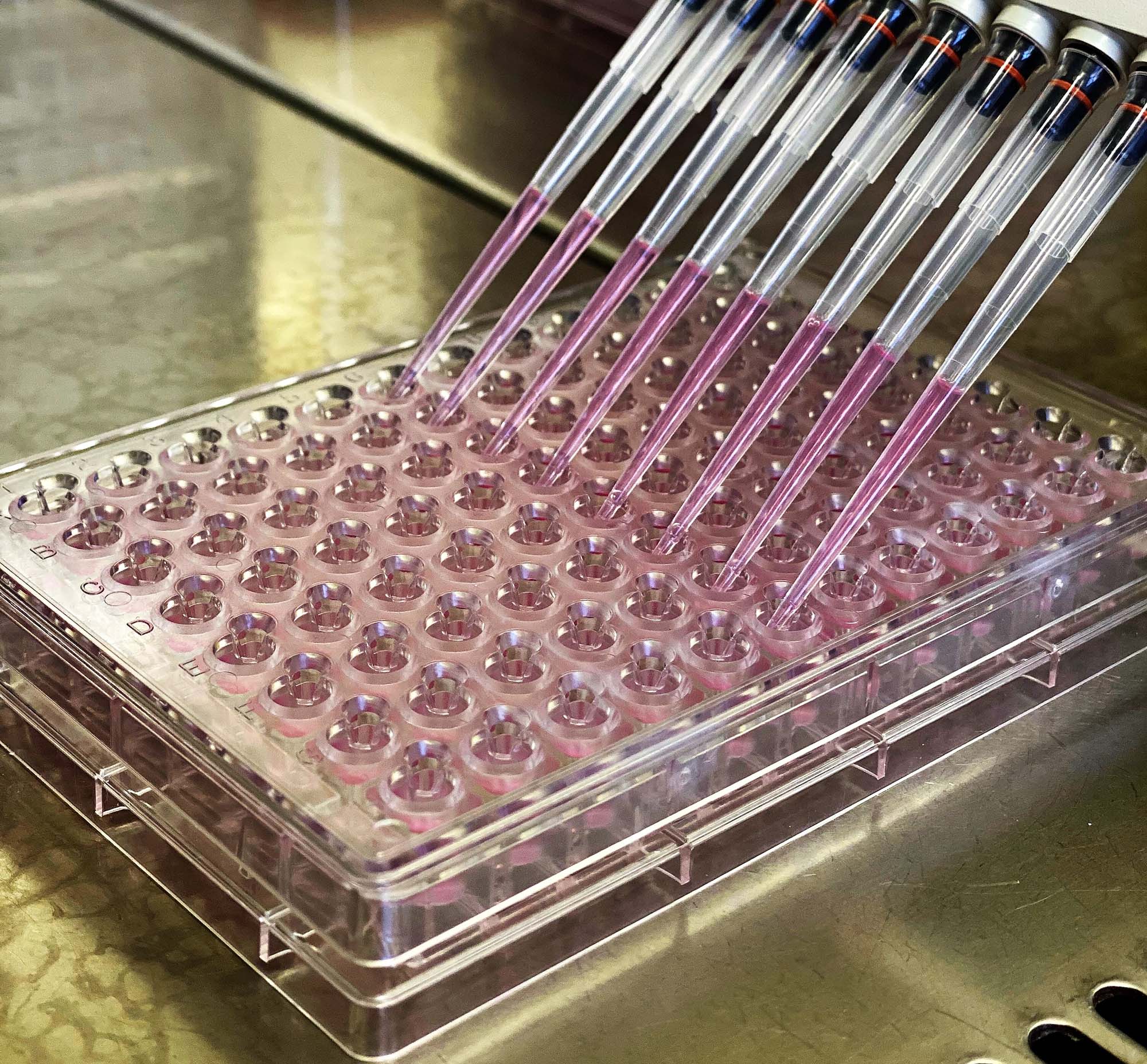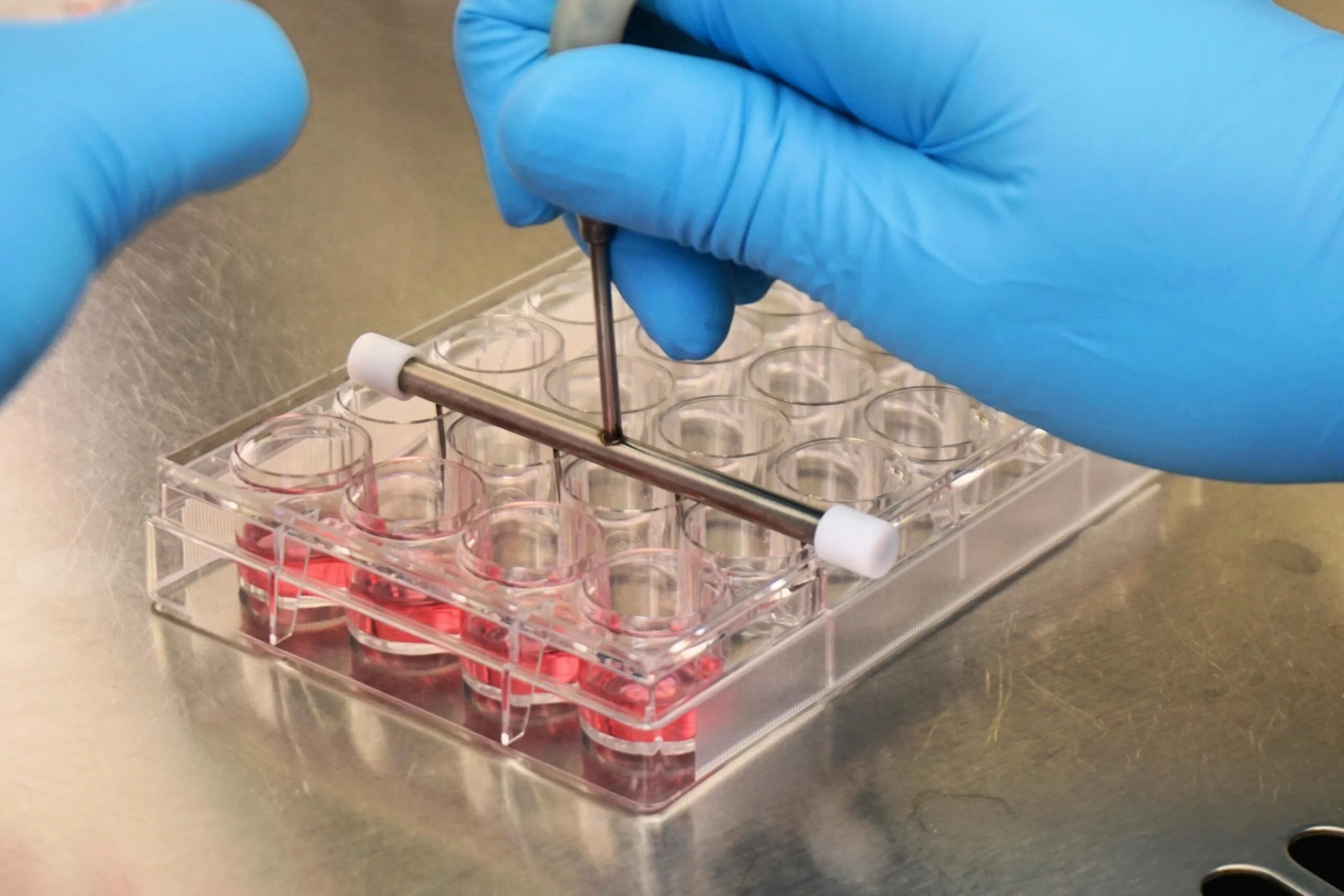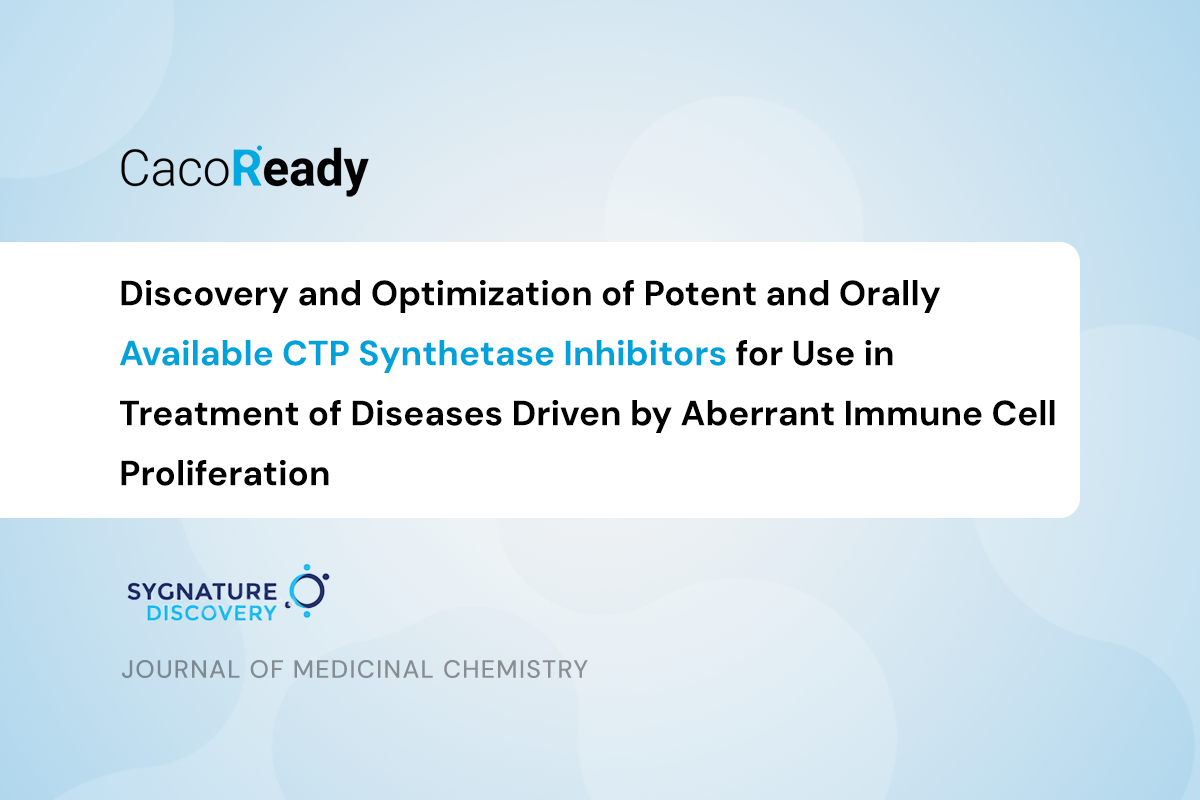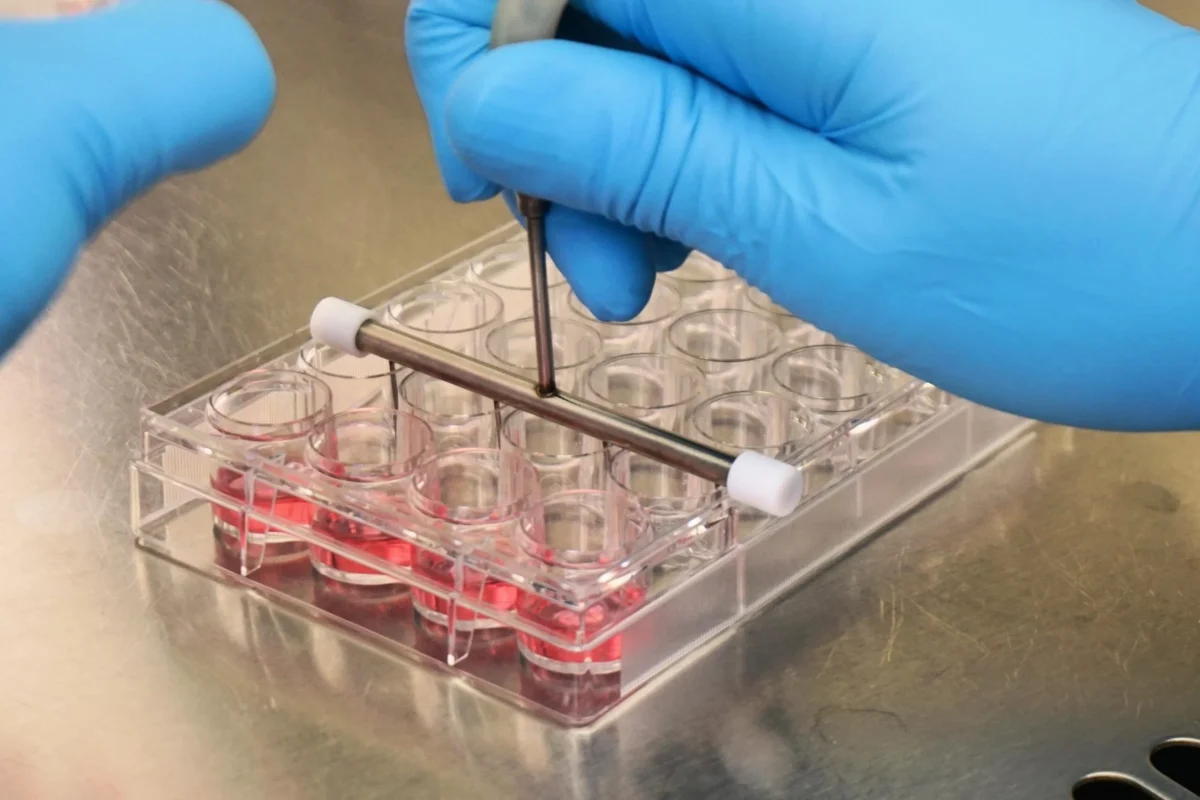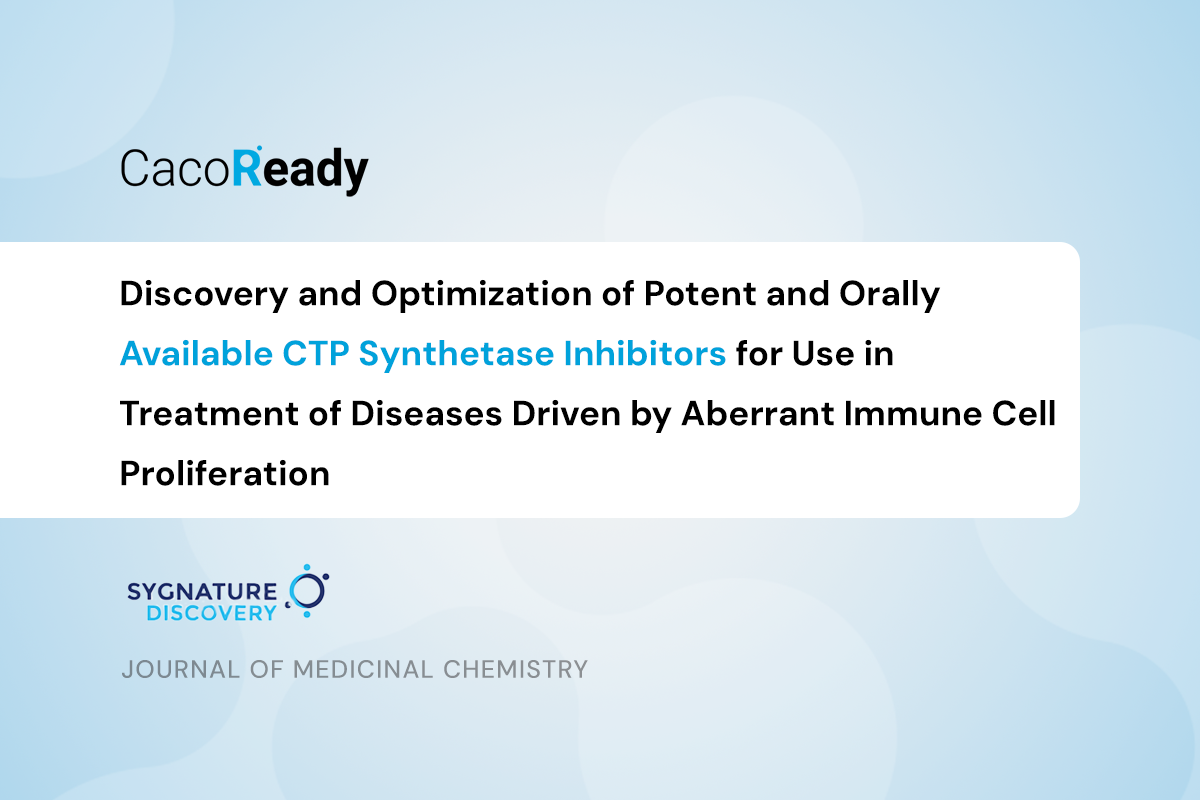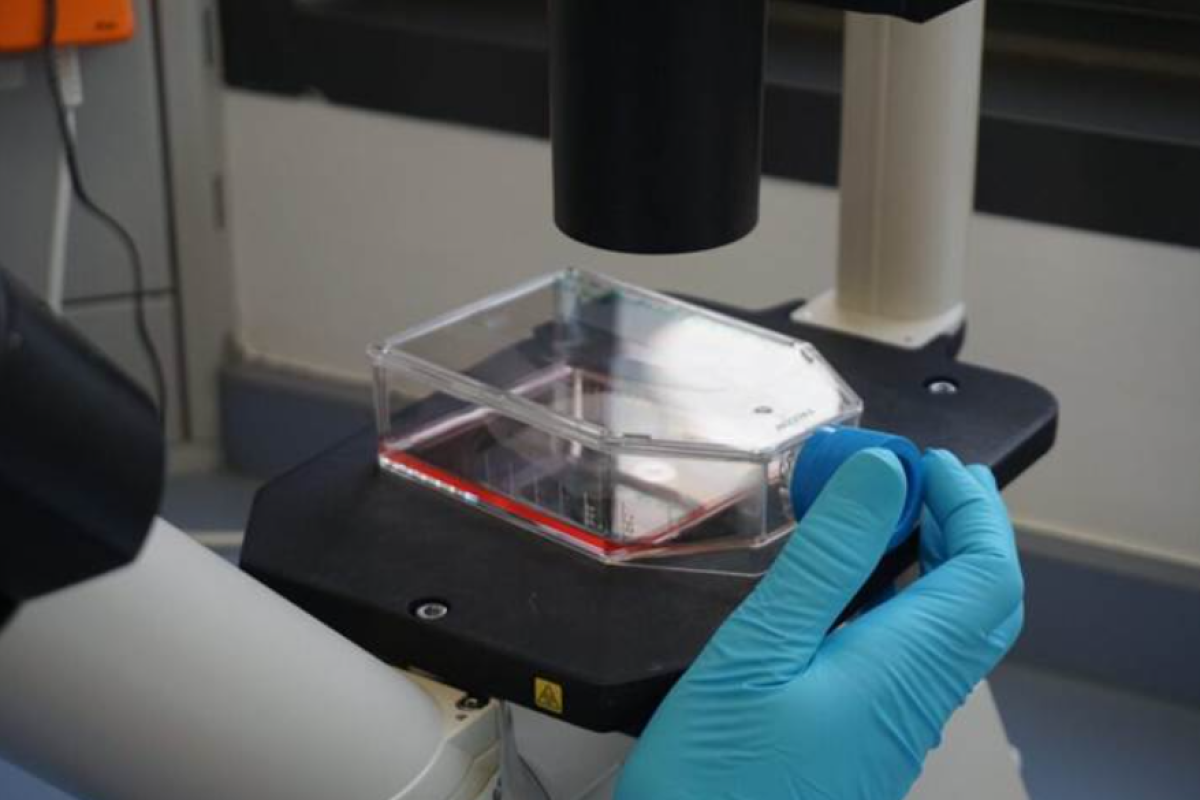The Blood-Brain Barrier (BBB) is a highly selective barrier that regulates the exchange of substances between the bloodstream and the central nervous system (CNS). It consists of endothelial cells, pericytes, astrocytes, and neurons, forming what is known as the neurovascular unit.
While essential for brain homeostasis, the BBB presents a significant challenge for drug development. Many promising therapeutic molecules fail to reach their intended CNS targets due to restricted permeability. Understanding how drugs interact with the BBB is therefore a critical aspect of preclinical research, helping to optimize molecular properties and predict CNS drug exposure before clinical trials.
Key Factors Affecting BBB Drug Permeability
Several factors determine whether a drug can effectively cross the BBB:
- Molecular Properties: Small, lipophilic, and uncharged molecules tend to diffuse more easily.
- Tight Junctions: These cellular connections prevent paracellular diffusion, restricting most hydrophilic compounds.
- Active Transport Mechanisms: Many drugs rely on specific transporters to enter or exit the CNS.
- Efflux Proteins: These ATP-dependent pumps actively remove xenobiotics, reducing drug accumulation in the brain.
Among these factors, efflux transporters play a particularly important role in restricting CNS drug penetration.
The role of efflux transporters in drug permeability
Efflux transporters are a major hurdle in CNS drug delivery, as they actively pump many pharmacological compounds out of brain endothelial cells. Some of the most significant transporters include:
- P-glycoprotein (P-gp, MDR1): One of the primary efflux pumps at the BBB, P-gp limits the entry of numerous drugs, including anticancer agents and CNS-active compounds.
- Breast Cancer Resistance Protein (BCRP): Works similarly to P-gp, restricting drug penetration and influencing pharmacokinetics.
The expression and activity of these transporters have direct implications for drug efficacy, as poor BBB permeability can lead to treatment failure in neurological diseases such as Alzheimer’s, Parkinson’s, epilepsy, and brain tumours.
Evaluating BBB permeability in preclinical research
To improve CNS drug delivery, researchers rely on cell-based assays that predict how drugs interact with transporters, providing critical insights into the pharmacokinetics of new compounds. These models help identify:
- Whether a compound is a substrate or inhibitor of key efflux proteins like P-glycoprotein (P-gp) and BCRP, which play a significant role in drug retention or clearance at the blood-brain barrier (BBB).
- The likelihood of drug accumulation in the brain or rapid clearance from CNS tissues, which directly impacts therapeutic efficacy and safety.
- Strategies for enhancing BBB permeability, including modifications to molecular properties or the use of transporter inhibitors to improve drug delivery to the brain.
To demonstrate the impact of transport mechanisms on drug permeation, preclinical models have analyzed several marketed CNS drugs using MDCKII-MDR1 cells. Below are their permeability (Papp) values in a cell-based BBB model:
| Marketed CNS Drug | Primary Transport Mechanism | Papp (×10⁶ cm/s) in MDCKII-MDR1 |
| Alprenolol | Transcellular | 53 ± 7 (a) |
| Atenolol | Paracellular | 0.7 ± 0.2 (b) |
| Baclofen | Paracellular | 0.7 ± 0.4 (c) |
| Diazepam | Transcellular | 65 ± 18 (d) |
| Metronidazole | Transcellular | 11 (e) |
| Midazolam | Transcellular | 42 ± 6 (f) |
| Propranolol | Transcellular | 38-50 (g) |
This data highlights how efflux transporters and molecular properties influence CNS drug penetration.
For accurate preclinical screening, assays such as PreadyPort MDR1 and PreadyPort BCRP can be instrumental in evaluating efflux transporter interactions. These models are specifically designed to assess how compounds interact with MDR1 and BCRP, enabling researchers to make informed decisions early in drug development regarding the potential for CNS drug delivery.
Future directions in BBB drug research
Advances in BBB modeling, drug formulation, and transporter-targeting strategies are opening new possibilities for CNS drug delivery. By overcoming BBB limitations, researchers aim to improve treatment outcomes for patients with neurological and neurodegenerative disorders. The ability to predict and manipulate drug permeability at the BBB remains a crucial step in the development of more effective CNS therapies. Contact us at reagents@medtechbcn.com for an open discussion with our specialized team.
Additional readings:
Qosa, H., Miller, D. S., Pasinelli, P., & Trotti, D. (2015). Regulation of ABC efflux transporters at blood-brain barrier in health and neurological disorders. Brain research, 1628, 298-316.
Golden, P. L., & Pollack, G. M. (2003). Blood–brain barrier efflux transport. Journal of pharmaceutical sciences, 92(9), 1739-1753.




